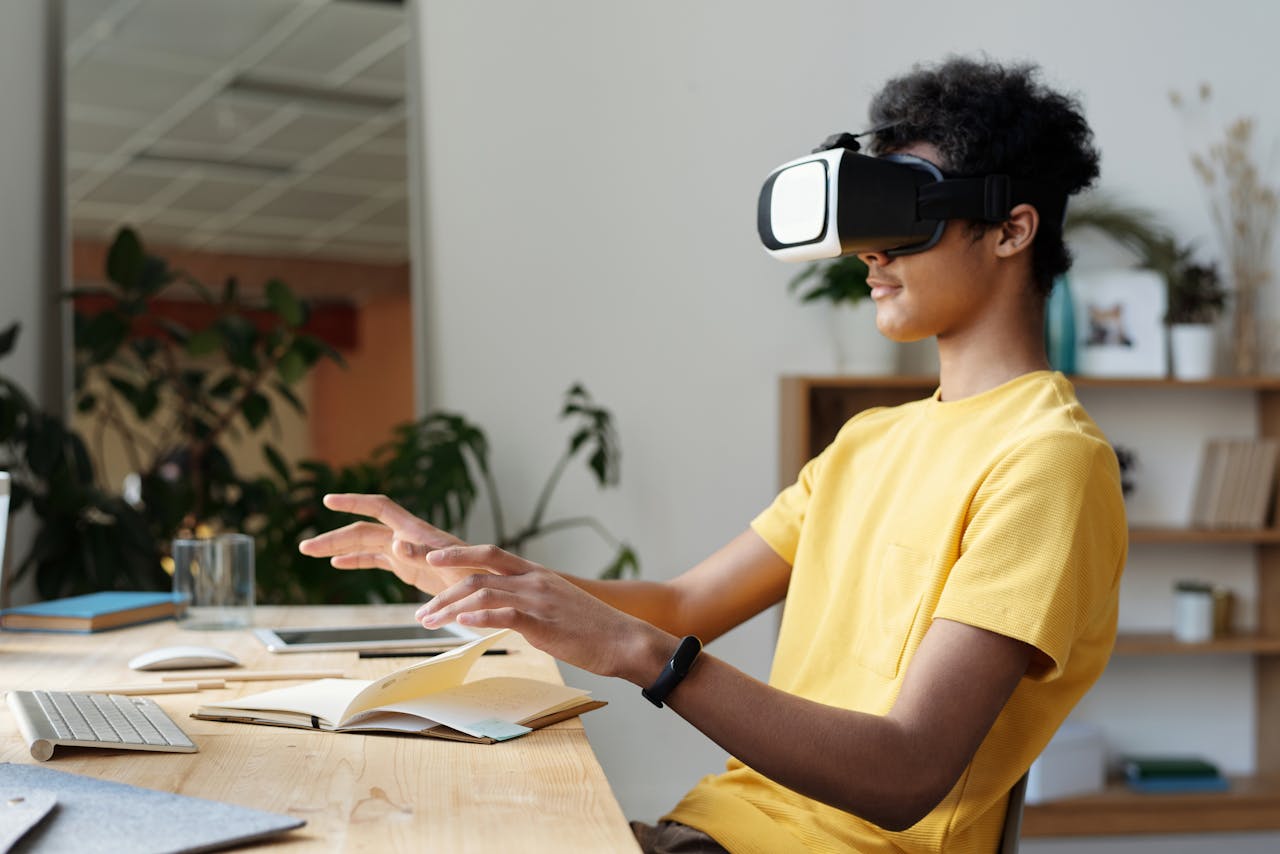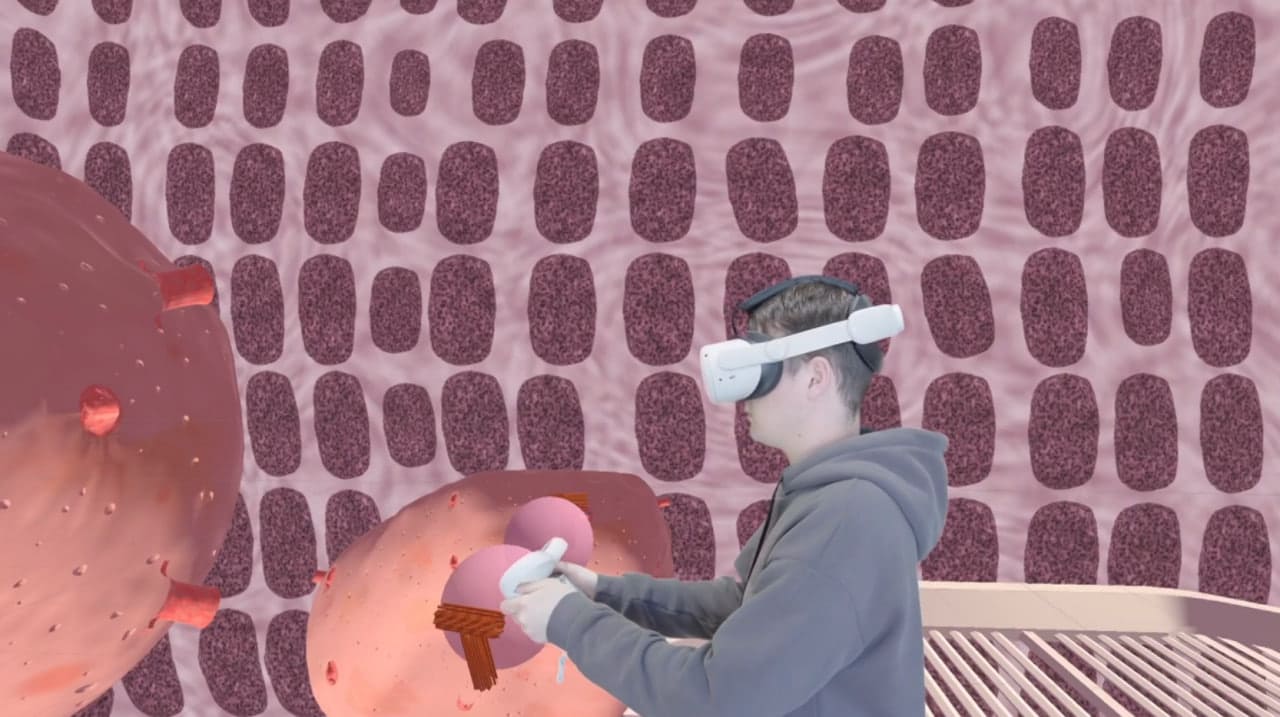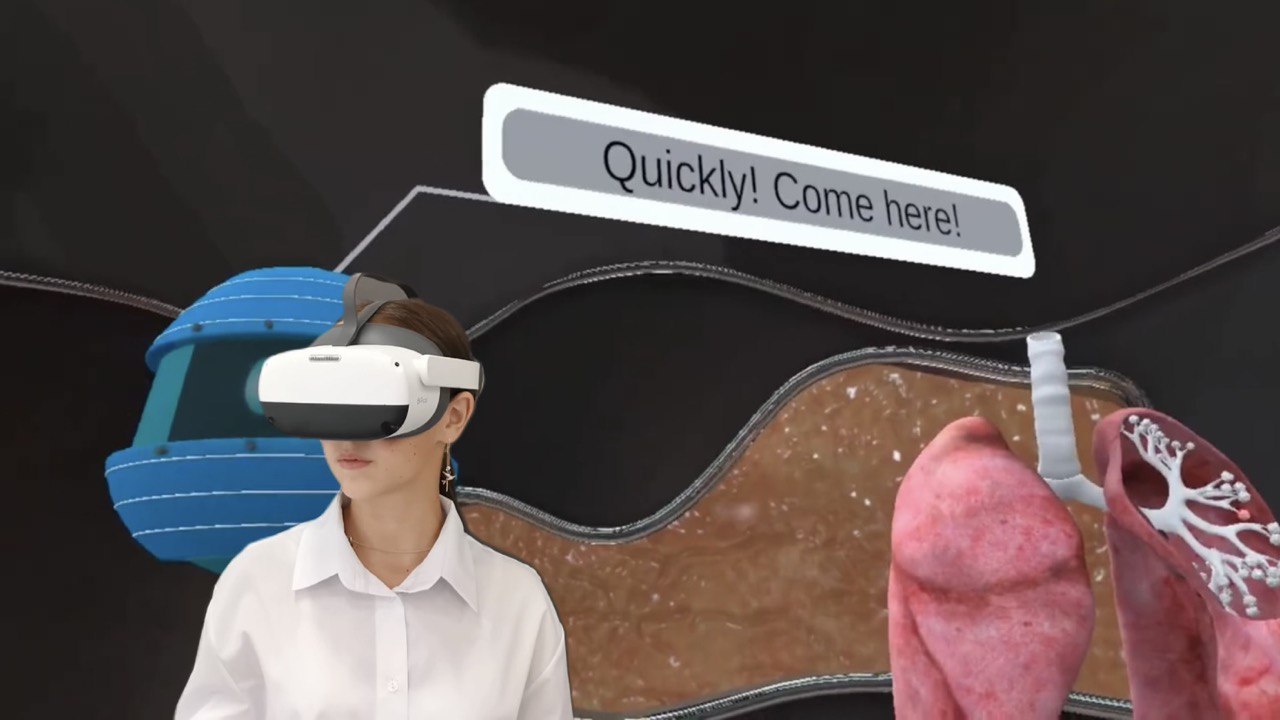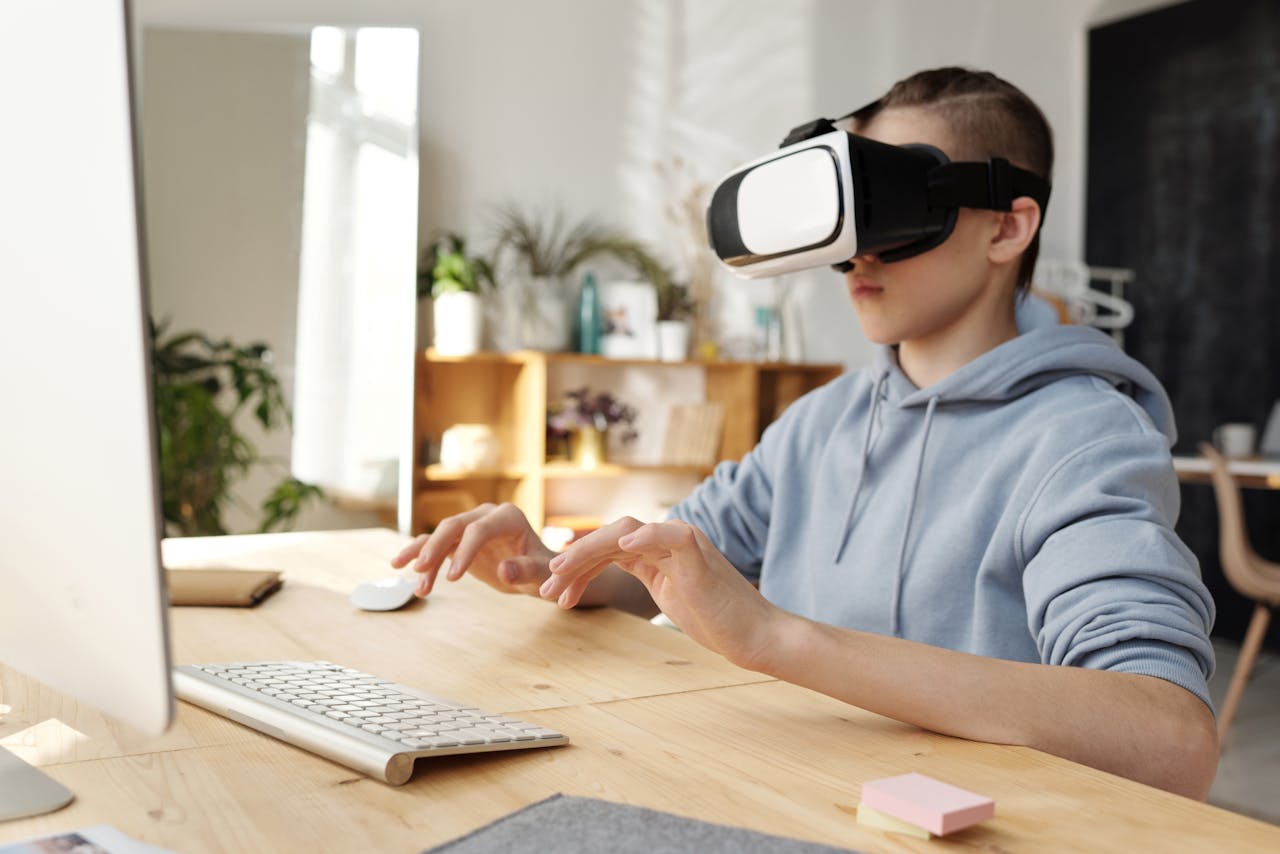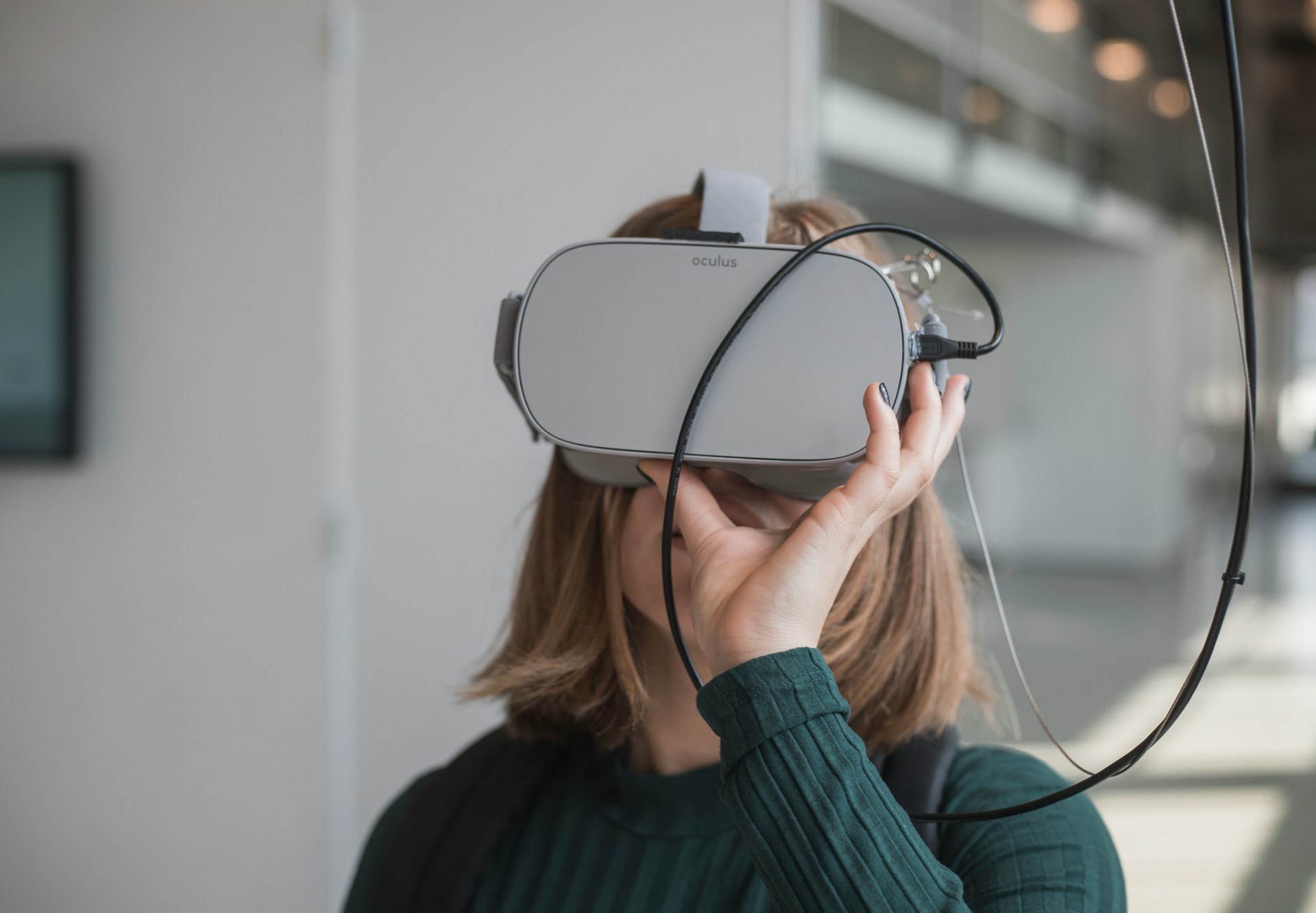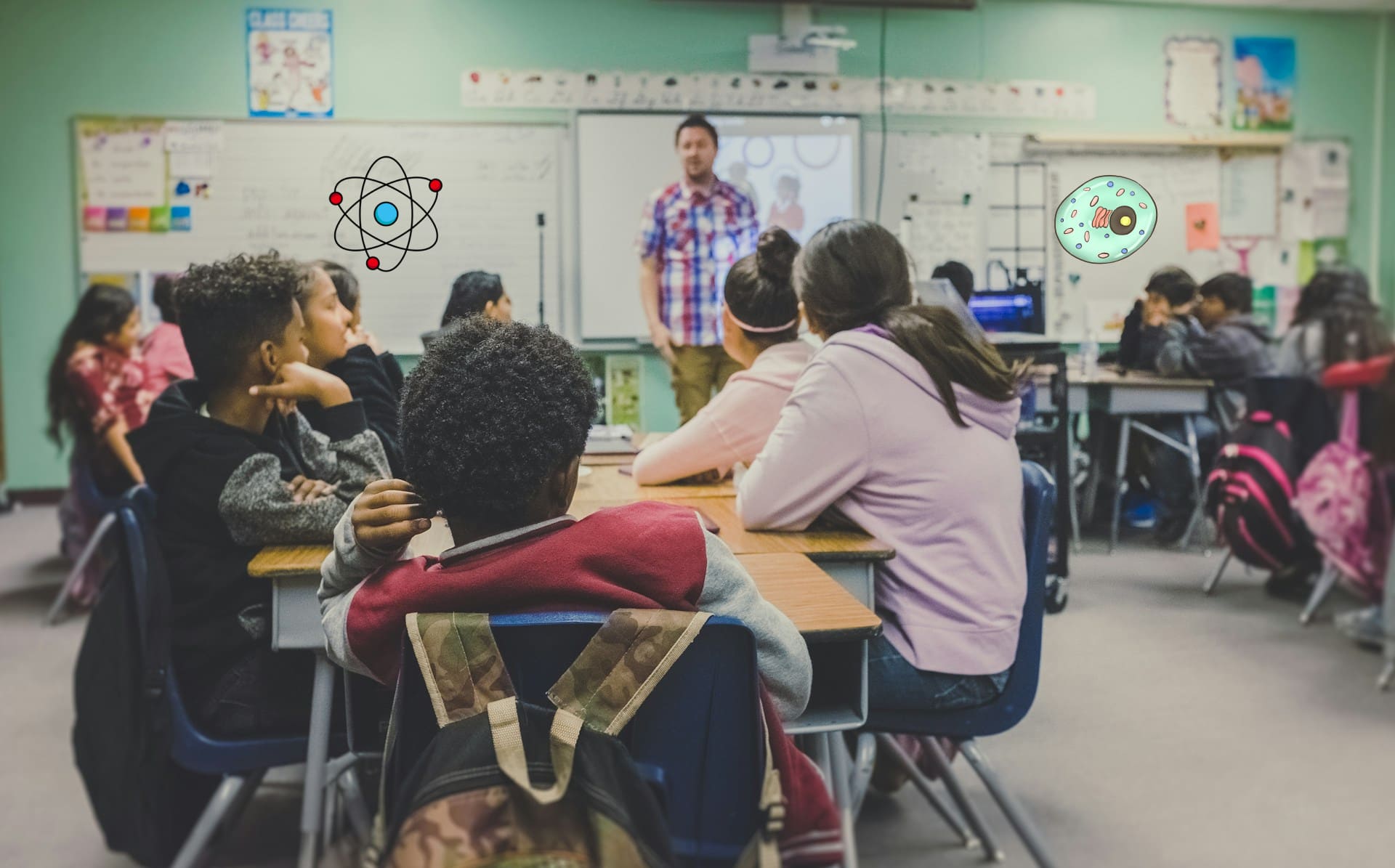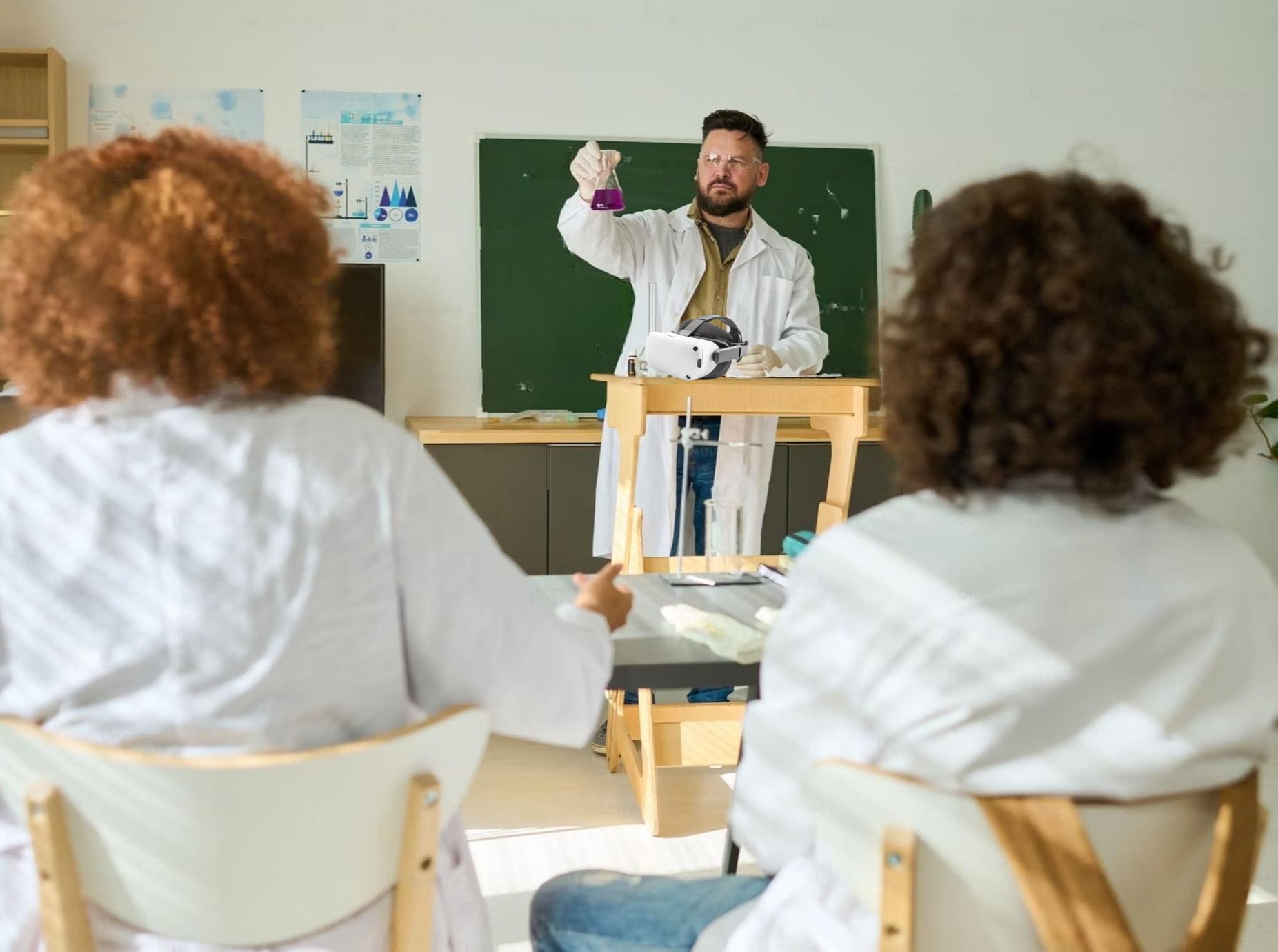
In the rapidly evolving landscape of education, Virtual Reality (VR) has emerged as a game-changer, particularly in STEM subjects. As a leading VR education company, XReady Lab is at the forefront of this revolution, constantly exploring and developing innovative VR education software. Today, we're excited to share our top picks for VR education apps that are transforming STEM classes and redefining what a science lesson can be.
How Can VR Be Used in Education?
Before we dive into our top picks, let's briefly explore how VR is reshaping education. VR provides immersive, interactive experiences that bring abstract concepts to life. It offers safe environments for virtual school experiments, enables virtual field trips, and allows students to manipulate 3D models of complex systems. This technology is particularly powerful for science experiment lesson plans, offering practical lessons that engage students in ways traditional methods simply can't match.
Top 5 VR Education Apps for STEM Classes
XReady Lab Eduverse: STEM Visualization Reimagined
https://youtu.be/6AHexIpX2DI
As a leading VR education company, we're proud to include our own Eduverse in this list. Our platform offers unparalleled visualization of scientific concepts across STEM subjects. Students can interactively work at the cellular level, manipulate lasers and elementary particles, and even journey inside the human body. With XReady Lab's Eduverse, science becomes tangible in ways traditional learning can't match. Ready to revolutionize your STEM classes?
Request a free demo of our VR education apps here and experience the future of learning!
Ocean Rift: Dive into Marine Biology
[caption id="attachment_840" align="alignnone" width="1024"] Ocean Rift VR[/caption]
Ocean Rift transforms biology lessons into underwater adventures. Students can explore 14 diverse marine habitats, encountering various species from dolphins to prehistoric creatures. The education mode provides narrated information points, making it an excellent tool for geography and Earth science lessons too.
Star Chart: Voyage Through the Cosmos
[caption id="attachment_841" align="alignnone" width="1024"] Star Chart VR[/caption]
Perfect for physics and astronomy classes, Star Chart offers a real-time simulation of the night sky. Students can explore the Solar System, witness celestial events, and even walk on the Moon's surface. It's an ideal complement to any astronomy-focused science lesson plan.
Molecule Builder: Chemistry in 3D
[caption id="attachment_842" align="alignnone" width="1024"] Molecule Builder VR[/caption]
This interactive app brings chemistry to life, allowing students to build 3D molecules and predict their geometry. It's a fantastic tool for practical lessons in chemical bonding and molecular structure, reinforcing textbook concepts through hands-on virtual experiences.
Dissection Simulator: Frog Edition
[caption id="attachment_843" align="alignnone" width="1024"] Dissection Simulator: Frog Edition VR[/caption]
For biology classes, this app offers a realistic, ethical alternative to traditional dissections. Guided by a holographic teacher, students can perform every step of a frog dissection, making it an excellent addition to any biology science lesson plan template.
What Are Some Practical Reasons for Learners to Participate in VR Lessons?
VR education games and apps offer compelling benefits for modern learners. They provide immersive experiences that significantly increase engagement and retention of complex concepts. VR creates safe environments for conducting potentially dangerous experiments, allowing students to explore scenarios impossible in traditional classrooms.
Abstract STEM concepts become tangible in VR, with students able to interact with 3D models and walk through virtual environments. This hands-on approach reinforces learning through physical engagement. VR also enables personalized learning, adapting to individual paces and catering to different learning styles.
The technology enhances spatial understanding, crucial in many STEM fields, and increases motivation through interactive, gamified experiences. VR bridges the gap between theory and practice, preparing students for real-world challenges. It also promotes collaborative learning in shared virtual spaces and makes educational experiences more accessible, regardless of physical or geographical limitations.
By transforming passive learning into active, engaging experiences, VR inspires curiosity and drives deeper understanding in STEM subjects, preparing learners for future challenges in these fields.
How Is VR Used in Education?
VR is transforming education by:
Providing virtual laboratories for school experiments
Enabling virtual field trips to inaccessible locations
Offering interactive 3D models of complex systems
Simulating real-world scenarios for problem-solving practice
Making abstract concepts tangible and easier to understand
Conclusion: The Future of STEM Education
As these examples demonstrate, VR education services are reshaping what a science lesson can be. From diving into ocean ecosystems to manipulating molecules and exploring the cosmos, VR offers unparalleled opportunities for engaging, interactive learning.
At XReady Lab, we're committed to pushing the boundaries of VR in education. Our Eduverse platform is designed to complement and enhance traditional science lesson plans, offering short, impactful experiences that align with curriculum standards.
Ready to take your STEM classes to the next level? Don't miss out on the opportunity to transform your teaching with our free VR education apps. Click here to request a demo and discover how XReady Lab can revolutionize your science experiment lesson plans today!
